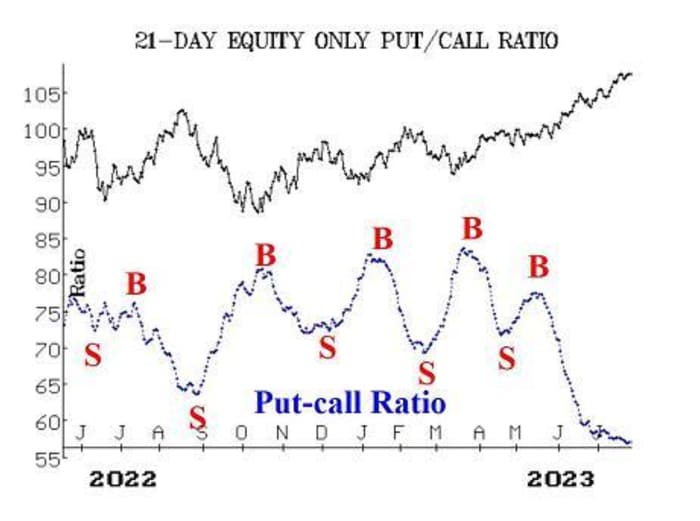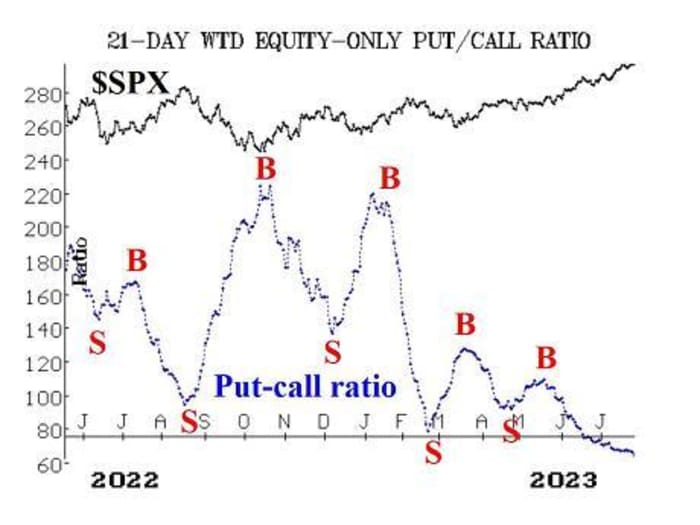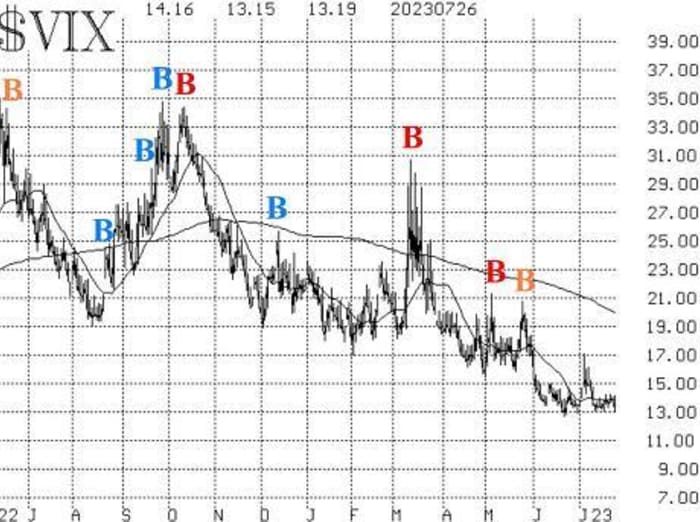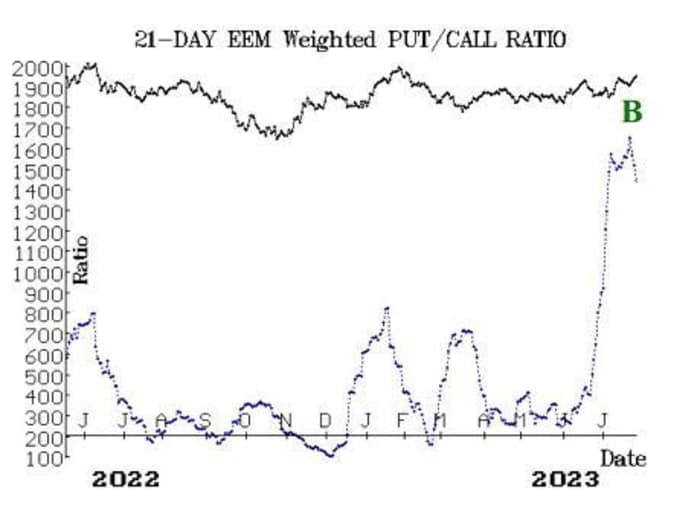“We must leave behind established modes of thinking and seek creative workable solutions.”
Another tumultuous year has confirmed that the global economy is at a turning point. We face four big challenges: the climate transition; the good-jobs problem; an economic-development crisis, and the search for a newer, healthier form of globalization.
To address each, we must leave behind established modes of thinking and seek creative workable solutions, while recognizing that these efforts will be necessarily uncoordinated and experimental.
Climate change is the most daunting challenge, and the one that has been overlooked the longest — at great cost. If we are to avoid condemning humanity to a dystopian future, we must act fast to decarbonize the global economy. We have long known that we must wean ourselves from fossil fuels, develop green alternatives and shore up our defenses against the lasting environmental damage that past inaction has already caused. However, it has become clear that little of this is likely to be achieved through global cooperation or economists’ favored policies.
Instead, individual countries will forge ahead with their own green agendas, implementing policies that best account for their specific political constraints, as the United States, China and the European Union have been doing. The result will be a hodge-podge of emission caps, tax incentives, research and development support, and green industrial policies with little global coherence and occasional costs for other countries. Messy though it may be, an uncoordinated push for climate action may be the best we can realistically hope for.
“Inequality, the erosion of the middle class, and labor-market polarization have caused significant damage to our social environment. ”
But our physical environment is not the only threat we face. Inequality, the erosion of the middle class, and labor-market polarization have caused equally significant damage to our social environment. The consequences are now widely evident. Economic, regional, and cultural gaps within countries are widening, and liberal democracy (and the values that support it) appears to be in decline, reflecting rising support for xenophobic, authoritarian populists and the growing backlash against scientific and technical expertise.
Social transfers and the welfare state can help, but what is most needed is an increase in the supply of good jobs for the less-educated workers who have lost access to them. We need more productive, well-remunerated employment opportunities that can provide dignity and social recognition for those without a college degree. Expanding the supply of such jobs will require not only more investment in education and more robust defense of workers’ rights, but also a new brand of industrial policies for services, where the bulk of future employment will be created.
The disappearance of manufacturing jobs over time reflects both greater automation and stronger global competition. Developing countries have not been immune to either factor. Many have experienced “premature de-industrialization”: their absorption of workers into formal, productive manufacturing firms is now very limited, which means they are precluded from pursuing the kind of export-oriented development strategy that has been so effective in East Asia and a few other countries. Together with the climate challenge, this crisis of growth strategies in low-income countries calls for an entirely new development model.
“Governments will have to experiment, combining investment in the green transition with productivity enhancements in labor-absorbing services.”
As in the advanced economies, services will be low- and middle-income countries’ main source of employment creation. But most services in these economies are dominated by very small, informal enterprises — often sole proprietorships — and there are essentially no ready-made models of service-led development to emulate. Governments will have to experiment, combining investment in the green transition with productivity enhancements in labor-absorbing services.
Finally, globalization itself must be reinvented. The post-1990 hyper-globalization model has been overtaken by the rise of U.S.-China geopolitical competition, and by the higher priority placed on domestic social, economic, public-health, and environmental concerns. No longer fit for purpose, globalization as we know it will have to be replaced by a new understanding that rebalances national needs and the requirements of a healthy global economy that facilitates international trade and long-term foreign investment.
Most likely, the new globalization model will be less intrusive, acknowledging the needs of all countries (not just major powers) that want greater policy flexibility to address domestic challenges and national-security imperatives. One possibility is that the U.S. or China will take an overly expansive view of its security needs, seeking global primacy (in the U.S. case) or regional domination (China). The result would be a “weaponization” of economic interdependence and significant economic decoupling, with trade and investment treated as a zero-sum game.
“The biggest gift major powers can give to the world economy is to manage their own domestic economies well.”
But there could also be a more favorable scenario in which both powers keep their geopolitical ambitions in check, recognizing that their competing economic goals are better served through accommodation and cooperation. This scenario might serve the global economy well, even if — or perhaps because — it falls short of hyper-globalization. As the Bretton Woods era showed, a significant expansion of global trade and investment is compatible with a thin model of globalization, wherein countries retain considerable policy autonomy with which to foster social cohesion and economic growth at home. The biggest gift major powers can give to the world economy is to manage their own domestic economies well.
All these challenges call for new ideas and frameworks. We do not need to throw conventional economics out the window. But to remain relevant, economists must learn to apply the tools of their trade to the objectives and constraints of the day. They will have to be open to experimentation, and sympathetic if governments engage in actions that do not conform to the playbooks of the past.
Dani Rodrik, professor of international political economy at Harvard Kennedy School, is president of the International Economic Association and the author of Straight Talk on Trade: Ideas for a Sane World Economy (Princeton University Press, 2017).
This commentary was published with the permission of Project Syndicate — Confronting Our Four Biggest Economic Challenges
More: Biden administration’s antitrust victories are much-needed wins for consumers
Also read: ‘Dr. Doom’ Nouriel Roubini: ‘Worst-case scenarios appear to be the least likely.’ For now.
Source link
#tackle #climate #change #jobs #growth #global #trade #Heres #whats #stopping



